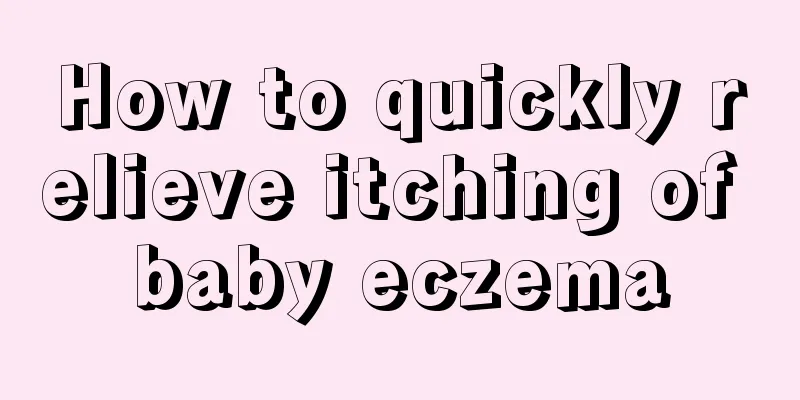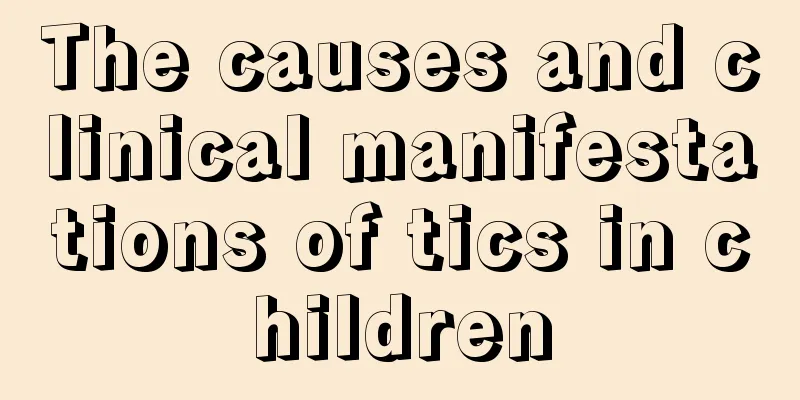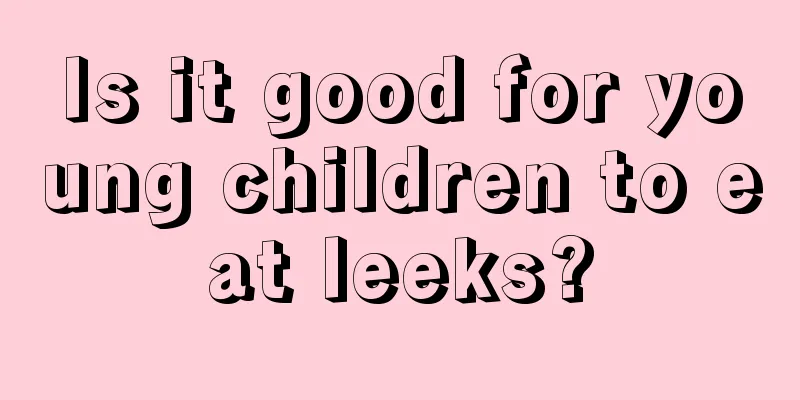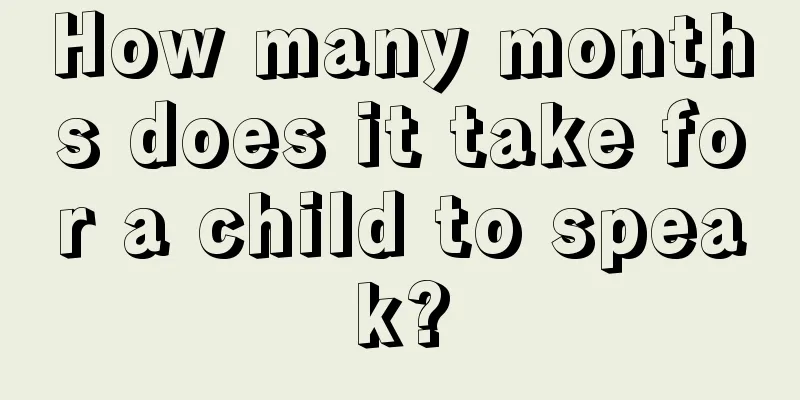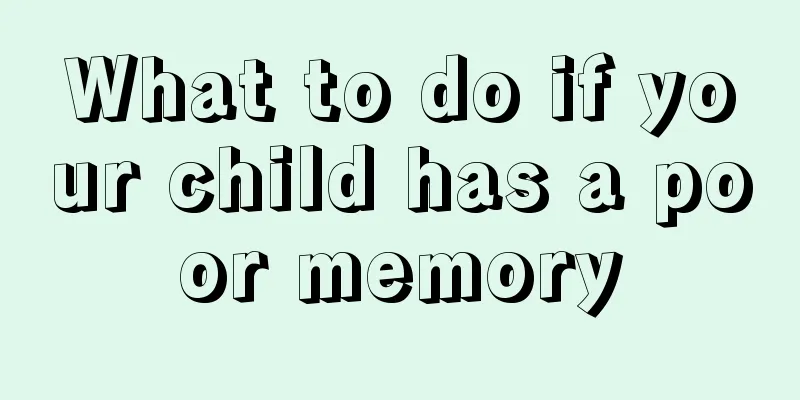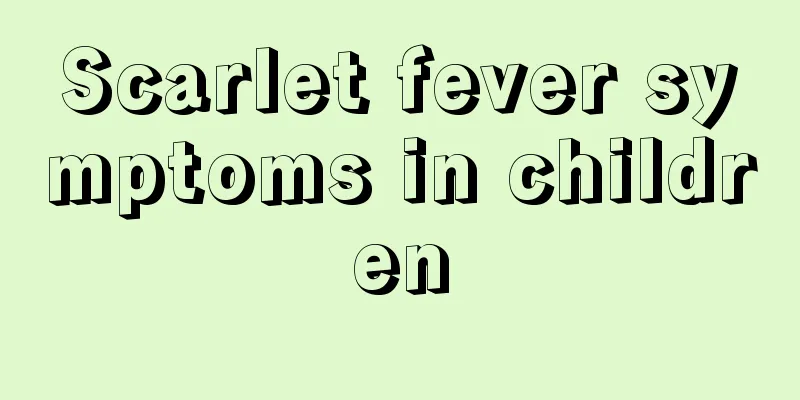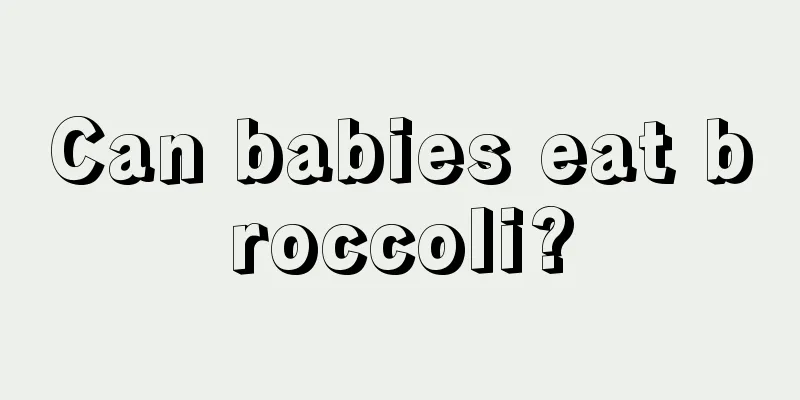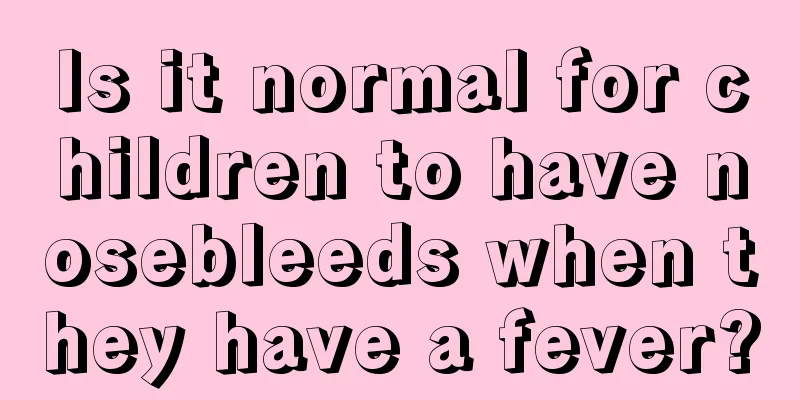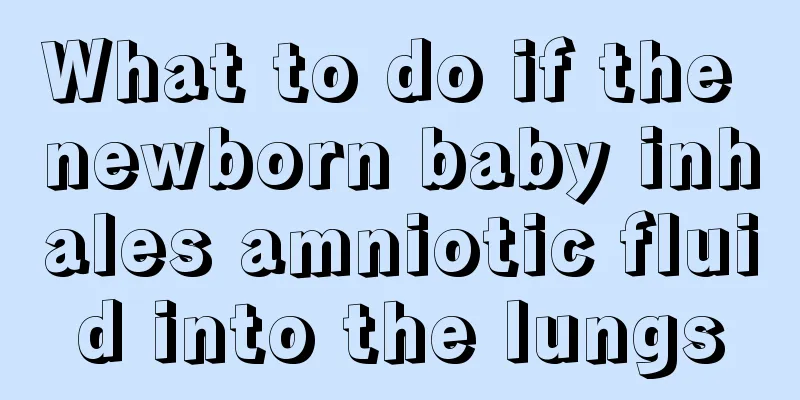What to do if a baby has a fever and convulsions?
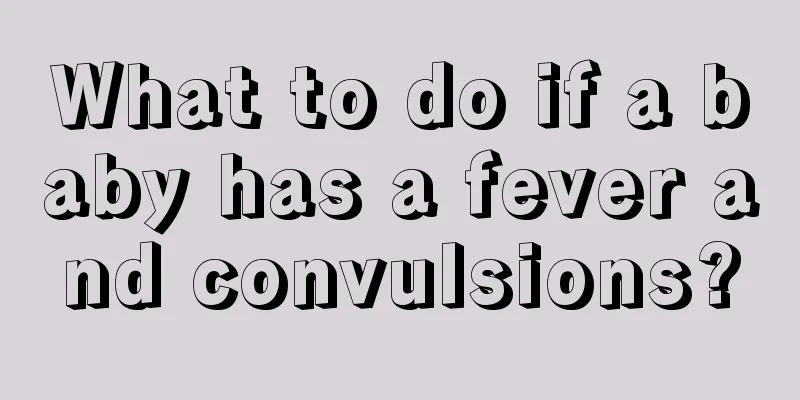
|
When a child has a persistent high fever, convulsions are likely to occur, which is very dangerous and requires family members to pay close attention. So what should you do if your baby has convulsions due to a fever? There are many symptoms of high fever convulsions, so the emergency measures required for different manifestations are also different. However, the attack cannot be stopped forcibly. Ensuring the health and safety of the child is the most important thing. Convulsion is actually commonly known as "seizure", which is a common emergency in children. Febrile convulsions often occur in children under 3 years old, especially in children under 1 year old. This is mainly because the cerebral cortex of children is not mature enough and the nervous tissue is not fully developed. Therefore, when the body temperature is too high, the baby will have twitching of the face and limbs, accompanied by staring or turning up eyes, pale face, clenched teeth, and unresponsiveness to calls. Some children may have incontinence. The symptoms of this type of convulsion look scary, and the attack is usually short-lived, generally lasting only a few seconds to a few minutes. After the convulsion stops, the baby's mental behavior quickly returns to normal. However, since repeated convulsions can damage brain tissue and affect the healthy growth of children, they should be avoided as much as possible. To prevent febrile convulsions, you must first pay attention to controlling your body temperature. The most taboo is to wrap yourself too much to help "sweating" when you have a high fever. Children with a history of febrile convulsions must use antipyretics in time if they develop a high fever, and then be sent to the hospital for medical treatment to avoid convulsions on the way. If the baby has already had convulsions, parents should immediately lay the child flat on the bed, unbutton the collar, turn the head to one side, remove food and mucus in the mouth to prevent blockage of the respiratory tract; at the same time, press the Ren Zhong point (1/3 from the nose to the upper lip) with fingers until the child wakes up; place pads between the teeth to prevent tongue bites. If your teeth are clenched, do not pry them open with force to avoid damaging your teeth, while keeping your airway open. It is best to wait until the shock is over before going to the hospital for treatment, and closely observe the child's condition on the way to the hospital. Babies who have recurrent convulsions, especially those whose high-febrile convulsions turn into afebrile convulsions, should also go to the hospital for detailed examination and necessary treatment. The above article gives a clear introduction on what to do if a baby has a convulsion due to fever. I believe everyone has an idea of it. Regardless of how serious the convulsion is, it should not be taken lightly. You should take your child to the hospital for diagnosis and treatment as soon as possible after the seizure stops. Do not delay. In addition, preventive measures should be taken in daily life. If the fever is reduced as soon as possible, convulsions will not occur easily. |
<<: How to prevent children from having a fever and seizures?
>>: What are the symptoms of myelitis in children?
Recommend
What to do if infants and young children have dacryocystitis
Many people think that babies' tears are a sy...
What’s going on if my baby has red bumps on his nose?
When red bumps suddenly appear on our skin and th...
Nosebleed on the left side of the child
Children are always very naughty, running and jum...
What to do if your child has acne on his face
Due to the poor living environment today, many pe...
What are the symptoms of congenital heart disease in children?
We all know that congenital heart disease is very...
What is the normal blood sugar level for newborns?
Every parent hopes that their child can come into...
The child's skin itches and a pimple appears when scratched
Children's body resistance is not as strong a...
The skin on the baby's legs is rough and dry_The skin on the baby's legs is rough
After a baby is born, his skin is often very deli...
Is it normal for a newborn baby to have a temperature of 37 degrees?
Newborns need more care when they are just born. ...
What to do if a baby has a fever and convulsions?
When a child has a persistent high fever, convuls...
What are the symptoms of gastroesophageal reflux in children?
The symptoms of gastroesophageal reflux in childr...
Symptoms of ADHD in a three-year-old baby
For three-year-old babies, this is the time when ...
12 year old breast development
Breast development at the age of 12 is a critical...
What to do if your 3-year-old child has a runny nose
The most common symptom in children is runny nose...
How to improve children's memory
Some parents will find that their children often ...
